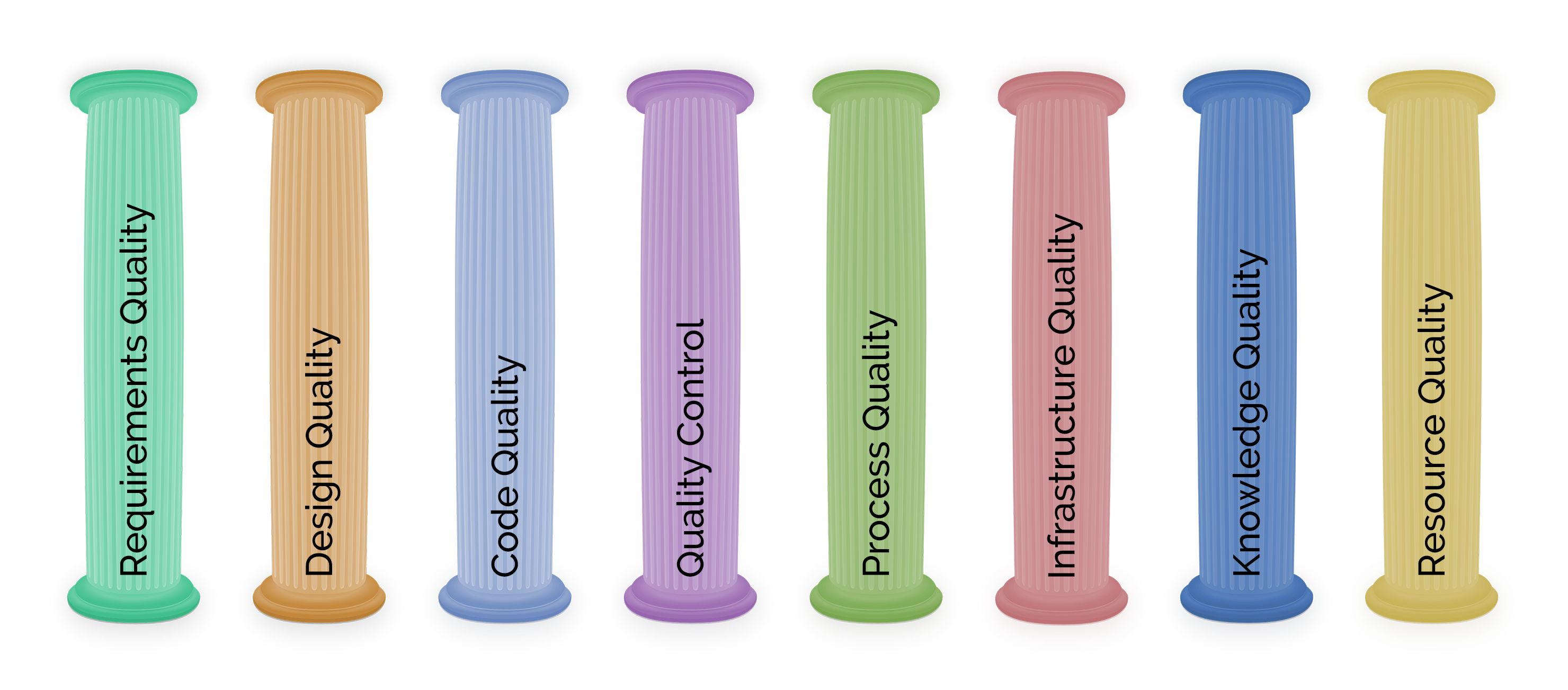The SQA2 Blog: Advice Center, General
The most common reasons for not performing manual tests are: cost, the difficulty in tracking the defects, and the tests are not repeatable. However, not all of these are true. Manual testing is not so costly that it impacts the project’s overall development cost. There are several online bug tracking systems available that help the testing team and developers track issues and their progress. Although manual testing is tedious and time consuming there is still no better alternative to simulate a real user’s experience.
Here is a brief list of manual testing best practices to help manage time and effort.
Entry and Exit Criteria
Preparing test cases is the key factor of the manual testing process. Effective test cases must involve proper entry and exit criteria which are the conditions that must be met in order to start and close a certain phase of project development. A proper entry and exit criteria not only save valuable testing time but also help make workflow easier to visualize.
Test the Application During Development
This is one of the best ways to reduce the testing time. It is obvious that, developers are not testers. But they can simply check the application/module with test data. His process may take some more development time, but the most beneficial part of it is – the initial bugs, workflow problems eliminated before they’re creating complex situation.
Communication with Developers
Good communication with developers is a great way to fix bugs quickly. A good delivery schedule takes place with amazing synchronization among testers and developers. However, sometimes the workflow and business logic become too complex for the testers. It is a best practice to conduct meetings with developers and testers to clarify any ambiguity regarding the requirements.
Sharing Documents
Sharing documents is a key factor of manual testing. You must share documents such as system requirement specifications, scope of work documents, test cases, design specifications, mockup screens, and other development proposals with developers and testers. This is the most effective way to share knowledge between developers and the testers.
Use Automation Tools Whenever Possible
There are several open source and cross platform test automation tools available. Automation tools help reduce expensive and time consuming manual testing time by eliminating repetitive test case steps. Imagine the time it takes to manually test an e-commerce site with different users, different user credentials, different purchase checkouts, etc. These tasks can be automated so testers can work on other parts of the project.
Remove All Test Data After Testing is Complete
Finally, remove all test data and code, sample financial details, test admin accounts and credentials because they are potentially dangerous for final product release. Hackers who access this data can use it to attack your final product.

